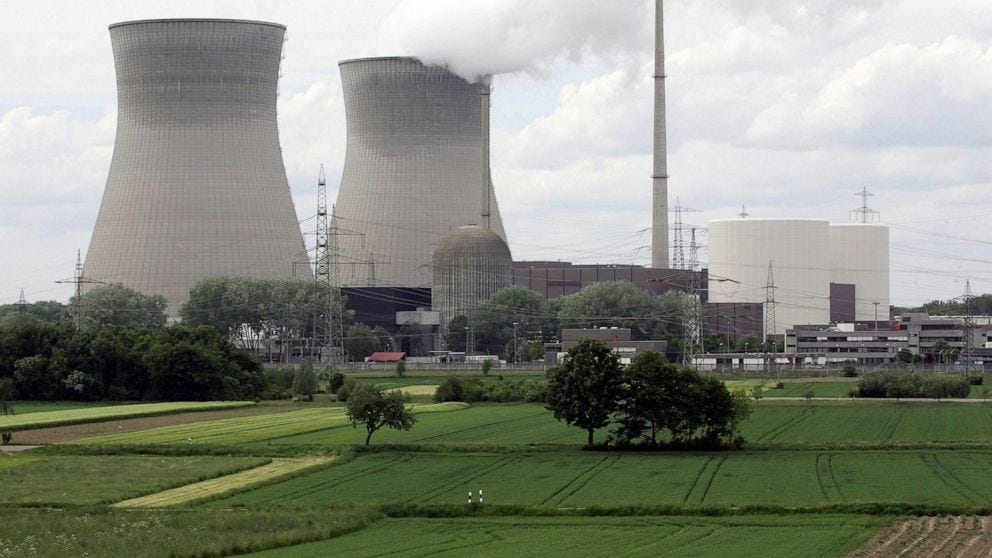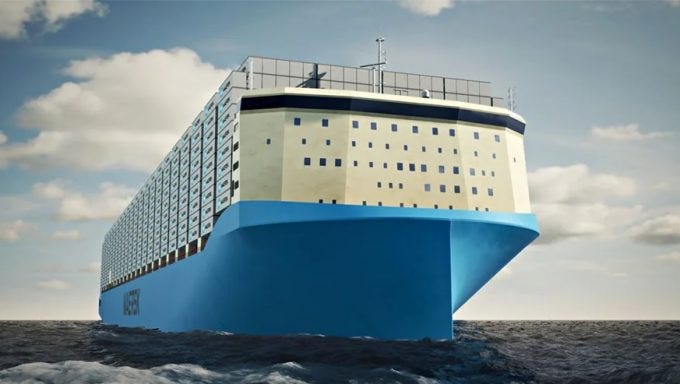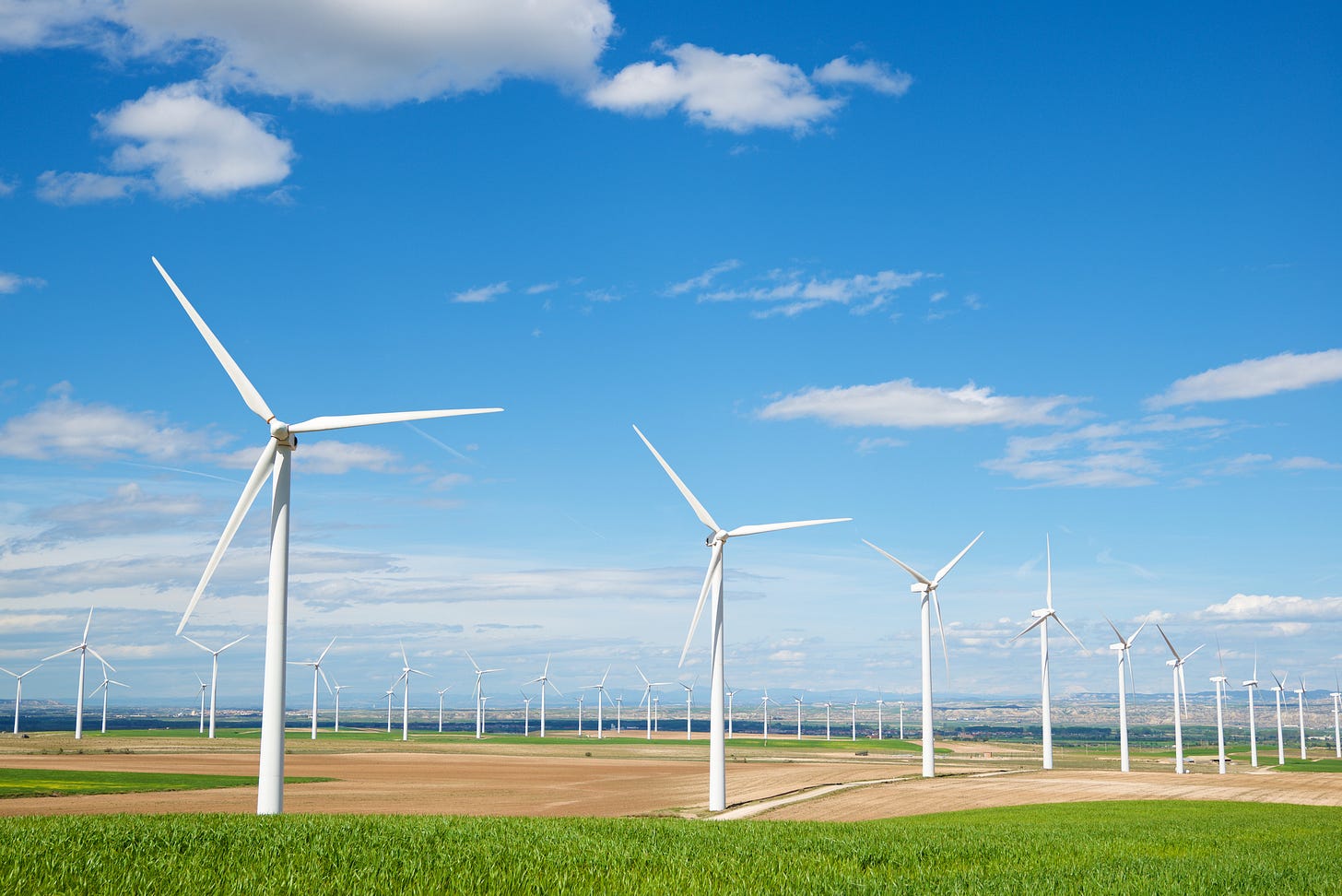This edition takes a closer look at the environmental impact of current and future road transport fuels using Australia as a case study as well as the wonderful debacle which is the European Union’s environmental policy.
Future Road Transport Fuels Discussion Paper
Powering all vehicles with green electricity could reduce CO2 emissions per kilometre by 97% (from 25 kg CO2-e/100km to 0.6 kg CO2-e/100km2). This sounds brilliant! However, these figures are ideals based on several assumptions that are not yet reality. The Supply Chains for Future Road Transport Fuels in Australia takes a closer look at the environmental impact of future and current road transport fuels, TODAY. The report is focused on Australia because of the differences in fuel mixes around the world. However, the insights are transferable to other settings. Some key insights:
Powering the entire Australian vehicle fleet using electricity will require at least a 35% increase in electricity generation.
Buying an electric vehicle in a high fossil fuel generation state has a similar carbon impact as using a regular internal combustion engine vehicle.
While powering vehicles using electricity increases demand, the Australian Federal and State Governments are facing pressures to reduce fossil fuel-based generation (black and brown coal, natural gas etc.). Across Australia, 77% of electricity is generated from fossil fuels. Renewables generation should increase 5-fold.
Biofuels can reduce emissions without requiring the whole vehicle fleet replacement. Biofuels may well be the quickest option to immediately reducing carbon emissions.
Have a look at the full report here.
You can read previous discussion papers here
Europe’s Green Deal and Energy Crisis
Natural gas and electricity prices in Europe have gone up 300% since the same time last year. The two prevailing explanations are increasing demand and the ever-increasing tensions with Russia. High electricity demand and prices led to the reactivation of some coal-fired generation. If this sounds familiar, just a few weeks ago we were commenting on China’s on-again off-again relationship with coal. Clearly, given the mounting tensions with Russia over the Ukrainian borders, natural gas was no doubt used as a diplomatic lever. It would not be the first time this has happened. As much as external factors play a role, Europe’s energy crisis is an internal one.
The European Union’s energy crisis is a problem of its own making, mainly through their aggressive Green Deal environmental policy. The Green Deal has pushed for reductions in natural gas exploitation and energy generation at an unprecedented scale. Interestingly, the German climate minister only last week called for a trebling of emission reduction arguing that climate measures are not taken quickly enough. While reducing its own energy generation capacity, the EU (mainly Germany) has also suspended the approval process for the Nord Stream 2 pipeline that would provide additional and direct natural gas imports from Russia.
To understand just how unsustainable the EU’s direction is, the Green Deal was presented in December 2019 and by early 2022 the prices for electricity and natural gas have tripled. How long until people must make “heat or eat” decisions and environmental policy turns into a humanitarian disaster?
The Nuclear Solution
Solar, wind, and hydro energy have so far been the main energy generation pillars, yet these are proving insufficient, especially during winter months. Enter a surprise contender: nuclear power. Last week , European Commissioner Thierry Breton declared that nuclear energy cannot be excluded from the green taxonomy and that around 500 billion euros would be required for new nuclear generation. This comes less than a week after Germany’s announcement that it has closed 3 of its 6 remaining nuclear power plants along with many other in the past years. It is still an open question if Germany will develop an on-again off-again relationship with nuclear power or nuclear power use will only increase in other European countries. The key problem I see lies, as usual, in the supply chain.

First, electricity and natural gas are often encompassed into the term energy. However, both energy sources use different infrastructure for different purposes. Natural gas is mainly used for heating while electricity has a multitude of uses. However, these two energy sources are not fully interchangeable because they use different infrastructure. Electricity does not flow through gas pipelines to be burnt in heaters, stoves, or furnaces. Similarly, natural gas does not flow through copper wiring. Decarbonising heating in the EU will be a supply chain challenge in itself – entire natural gas heating systems replaced with electric ones, electricity grid upgrades etc.
Second, money seems no longer to be a problem for the green energy transition. The Green Deal features a budget of 1.8 trillion euro. Time, natural and human resources are problems, problems money can’t buy.
Building new nuclear power plants, massively expanding wind and solar programes require time. Projects must be drafted, locations surveyed and purchased, communities must be consulted, the actual building should commence and so on. The COVID response has shown that bureaucratic wheels can spin quickly when needed, however the sheer volume of simultaneous projects will likely slow things down.
Resource-wise, supply chains need to scale up – nuclear fuel, concrete, fiberglass, silicone cells production would need to double or triple. In November 2021 we wrote about battery supply chains and how the lithium and cobalt extraction should expand 10-fold to accommodate demand. Only a earlier this month, reports emerged of the first increases of Li-Ion battery prices in 10 years due pressures on raw materials. The supply chains for renewable energy will likely face similar problems as they expand.
Finally, there is the human resource. The truck driver shortages in the U.K., U.S., Australia and Europe are increasingly showing that throwing money at a problem is not enough when a skilled workforce is hard to come by. In a skills shortage, increasing salaries makes people change jobs but doesn’t necessarily address the problem on the short-term. Building a skilled workforce requires time, and it takes considerably more time to train a nuclear engineer than a truck driver. Unmanned nuclear power stations don’t produce energy by themselves.
In Other News
In light of the supply chain problems in the U.S., several ingenious entrepreneurs came up with an innovative decentralised parcel pick-up system called “On the move”. The ingenious system consists of highly trained specialists that rapidly sift through parcels in containers on-board moving trains. Parcels are loaded onto delivery vans or trucks on the move thus bypassing busy and time-consuming unloading in specialised terminals. This system is expected to save thousands in warehousing costs, reduce emissions and delivery time (although, possibly, not to the intended recipients). LINK
What happens when form is prioritised over function in container ship design? Several maritime veterans expressed their concerns about Maersk’s new methanol ship design. Although the crew quarters at the front of the ship offer unobstructed panoramic views of the ocean, the sailors expressed concerns over the whipping effect that ship turning will have on the crew and the sight of 30-foot waves hitting the crew quarters head-on. Hopefully, nobody forgets the windows open. Maersk pointed out that crew comfort was at the forefront of the design. The ship features a 350-metre distance between the crew quarters and engine room so the crew can maintain mental health with a regular, quarter-mile walk, or run, in case of an emergency. LINK





